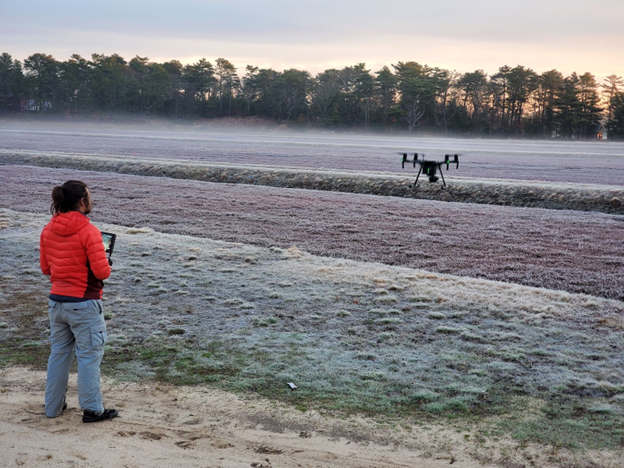by Ryan Wicks | January 2023
Introduction
RTK GNSS receivers are one of many tools that are leveraged for conducting survey work, and with the addition of unoccupied aircraft systems (UASs) to supplement GNSS receivers, theodolites, and the like, new survey techniques are being used and further refined to collect data about the landscape and physical features of interest. A common workflow is to have several ground control point (GCP) markers distributed throughout an area of interest that is to be surveyed, to survey those few GCP locations with a RTK GNSS receiver or some other ground survey tool, and then fly a drone to collect aerial imagery of the entirety of the area of interest; so long as a significant portion of the images that the drone took have the GCP markers visible in the images, then the surveyed GCPs can be used to constrain a photogrammetry reconstruction from the drone images to have a similar level of accuracy throughout the survey area. I’ve touched on this technique in a few of my other articles. This can be an effective technique for attaining a high spatial accuracy over a large area at a resolution that wouldn’t be possible without instrumentation like LiDAR. While this workflow is sufficient in many cases, there is an additional role in this process that RTK GNSS receivers can play: assessing the accuracy of final photogrammetry products.
Continue reading “Using Trimble R10 to Validate Photogrammetry Products”






